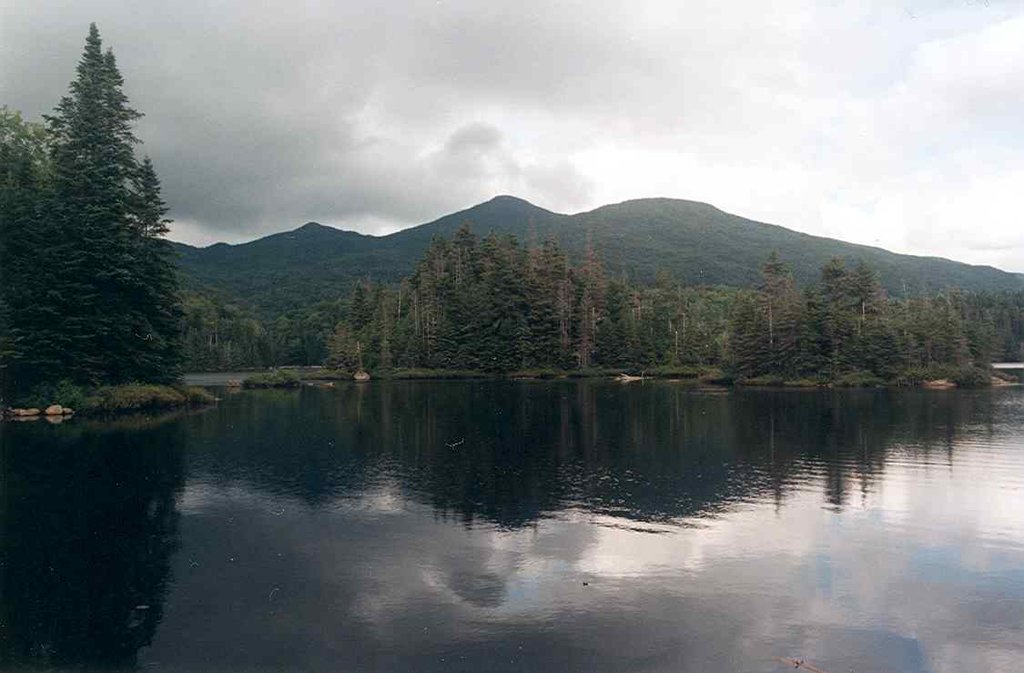Get PeakVisor App
Sign In
Search by GPS coordinates
- Latitude
- ° ' ''
- Longitude
- ° ' ''
- Units of Length

Yes
Cancel
Share ×

Scan the QR code and open PeakVisor on your phone
❤ Wishlist ×
Choose
Delete
The Street Mountains are a secluded range in the northern part of the US state of New York that is most frequently visited by people attempting to climb all 46 Adirondack High Peaks. There are 8 named mountains in the range, the highest of which is Street Mountain.
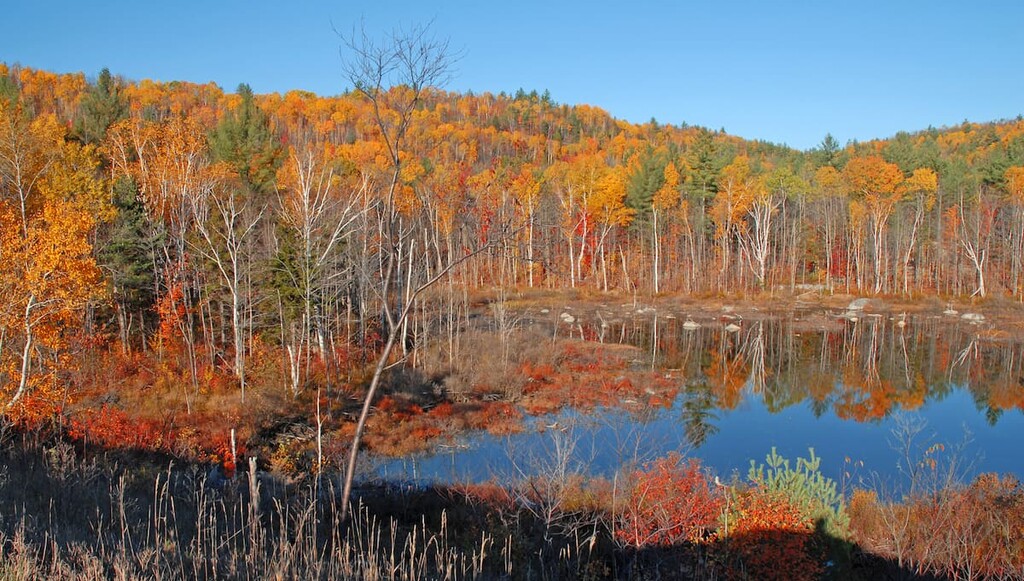
The Street Range is located in upstate New York in the High Peaks Wilderness Area of the Adirondack Park. The range lies to the west of Heart Lake and Algonquin Peak, between the MacIntyre and Sawtooth ranges. In the Street Range, the mountains run in a northeast to southwest direction, with Nye at the northern end of the range, followed by Street Mountain to the south.
There are six named mountains in the Street Range, two of which are considered official Adirondack High Peaks. Street Mountain, at 4,022 ft (1,226 m), just barely passes the 4,000 ft (1,219 m) threshold to be an official 46er.
Nye Mountain was originally believed to be over 4,100 ft (1,250 m) when it was surveyed in 1901, but a more accurate survey done in 1999 showed that the peak only reaches 3,871 ft (1,180 m). Despite Nye not meeting the official High Peak criteria, the Adirondack 46ers club has kept it on the list to maintain tradition.
In contrast, another peak in the range, MacNaughton Mountain, has been measured at over 4,000 ft (1,219 m) at multiple points over the years, but it’s not counted as an official High Peak. At 3,983 ft (1,214 m), MacNaughton is close enough to official High Peak standards that some aspiring 46ers take it on even though it’s not required.
Nye and Street are almost always hiked together as part of a single trek. The mountains have no official trails, only unmaintained herd paths to the summit. Because neither one offers great views, they don’t draw too many hikers beyond those attempting to climb all 46 High Peaks.
As part of the High Peaks Wilderness, the Street Mountains are surrounded by other Adirondack subranges, including the Macintyre Mountains, the Sawtooth Mountains, and the Seward Mountains.
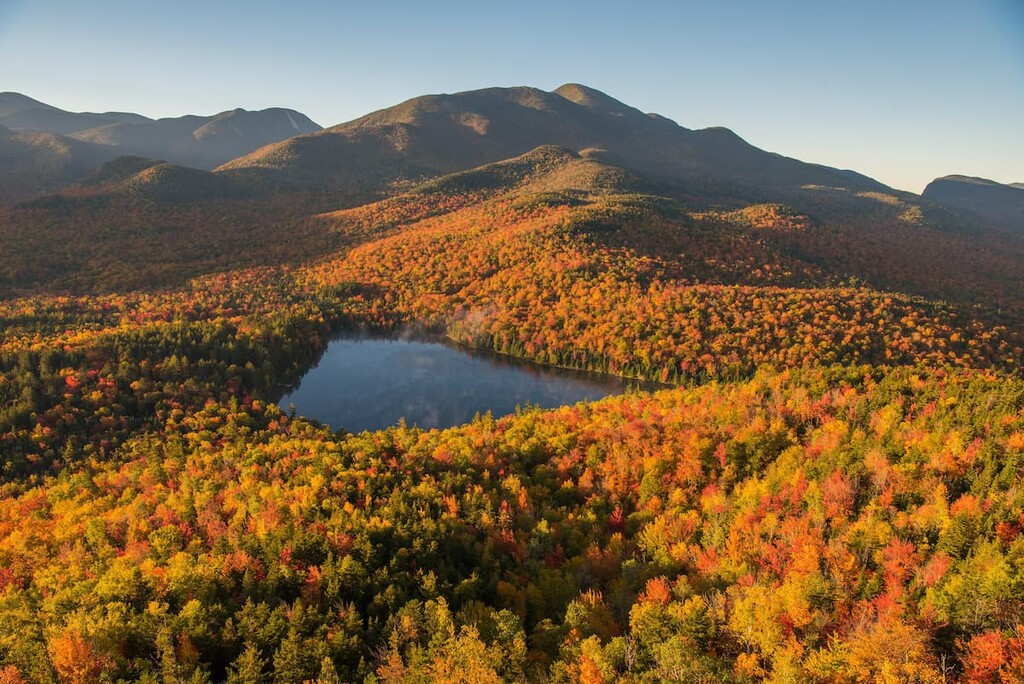
The Street Mountains are part of the High Peaks region of the Adirondacks, the zone of the tallest peaks at the center of the Adirondack range. The Adirondacks form a circular group of mountains as opposed to a chain, which stretches some 160 miles (257 km) wide and over 1 mile (1.6 km) high.
The mountains in the High Peaks are mostly composed of anorthosite, an intrusive igneous rock characterized by a high concentration of plagioclase feldspar. Anorthosite, which only forms under intense pressure deep within Earth’s crust, is relatively rare on Earth but common on the surface of the moon. Some of this bedrock is over a billion years old, making it some of the oldest exposed rock in the US.
The landforms we see today in the Adirondack High Peaks are nowhere near as old as the bedrock, however. Many of the features were carved by glaciers, which covered the area in ice a kilometer thick during the last glacial maximum. When the glaciers receded, they left deep valleys, alpine lakes, and large boulders called erratics behind them.
The highest point in the Street Range is Street Mountain at 4,022 ft (1,226 m), followed by Nye Mountain and MacNaughton Mountain.

The Street Range is heavily forested, with none of the open, above-treeline summits found on neighboring peaks like Algonquin or Mount Marcy.
The lower reaches of the Street Range are covered in northern mixed hardwood forest, featuring beech, maple, and other hardwood trees interspersed with conifers. At higher elevations, the forest is primarily evergreen spruce and balsam fir trees.
The Adirondacks are home to several species of large mammals, including deer, bears, and moose, although it’s estimated there are only about 400 moose in the region. Because the area of Street and Nye mountains doesn’t receive as much hiker traffic as the neighboring peaks, it makes a good habitat for these larger animals.
There are over 50 species of animals total in the Adirondacks, including coyotes, bobcats, wolves, foxes, and numerous species of birds including bald eagles and ospreys.
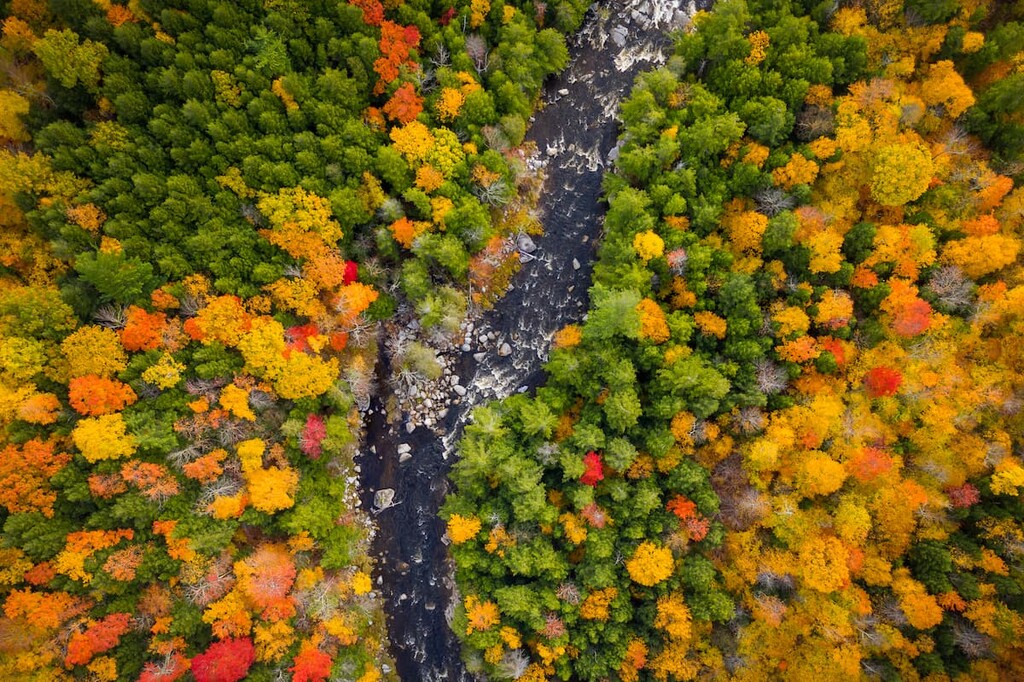
The area of the Adirondacks has been inhabited for at least 11,000 years. The most prominent Indigenous community in the area prior to European contact was the Mohawk (Kanienʼkehá꞉ka), who lived mostly in what’s now called the Mohawk Valley just south of the Adirondacks.
The Mohawk were the easternmost members of the Haudenosaunee (Iroquois) Confederacy, known as the “Keepers of the Eastern Door.” They, and to a lesser extent the Algonquian Tribes, who were active in what’s now called Vermont, used the area for hunting, fishing, and transit, but had limited permanent settlements in the rugged High Peaks region.
After the arrival of settlers of European descent, the Mohawk were pushed north, deeper into the Adirondacks. After the Revolutionary War, the new US government’s policies forced most of the Mohawk off their land, with many relocating to what is now Canada. Today, there are approximately 30,000 people of Mohawk ancestry living in the US and Canada, with a large group located north of the Adirondacks at the Akwesasne/Saint Regis Mohawk Reservation on the border between the state of New York and the province of Ontario in Canada.
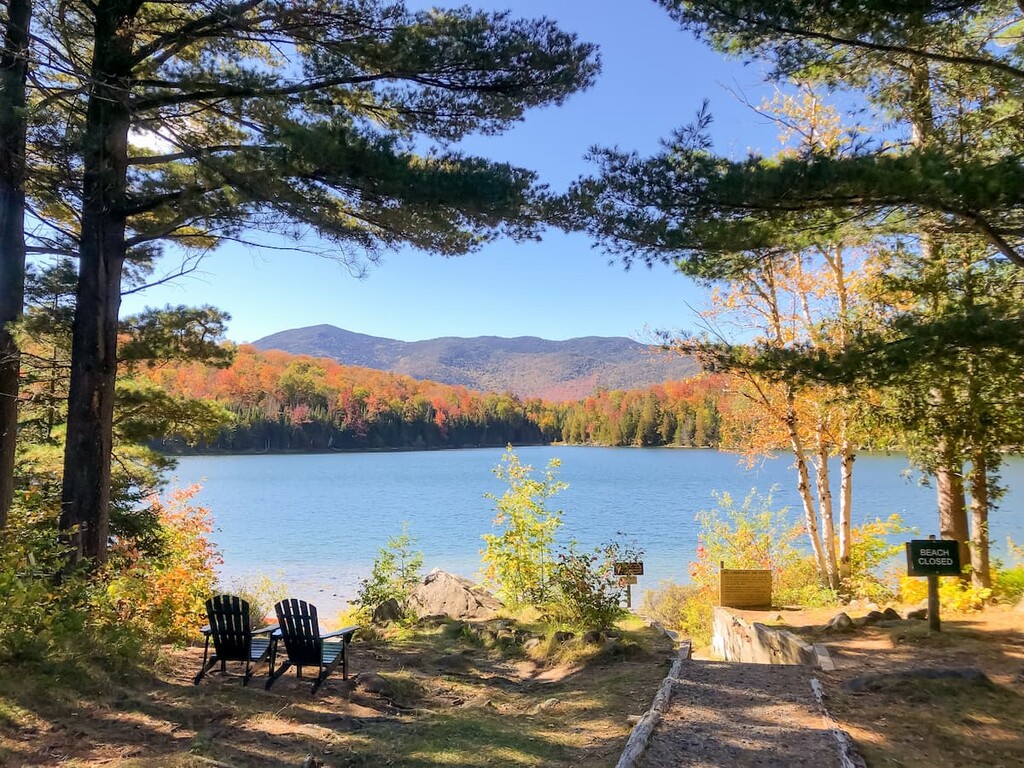
The Street Range, along with the rest of the Adirondack Park, was officially preserved by the state of New York in 1892. Street Mountain is named in honor of Alfred Billings Street (1811–1881), a poet whose work touched on the beauty of the Adirondacks and early American history of the region. Street served as the New York State Librarian for almost 40 years.
The peaks of the Street Range aren’t the tallest or steepest mountains in the High Peaks Wilderness, but they can be challenging due to the lack of official trails. You’ll likely see few other people on the trail if you want to hike in the Street Range.
The herd path to Street and Nye starts from the Adirondak Loj and follows the Rock Garden trail for its first portion, then branches off to an unmaintained herd path. Follow signs for the Nye Ski Trail here to continue on your journey.
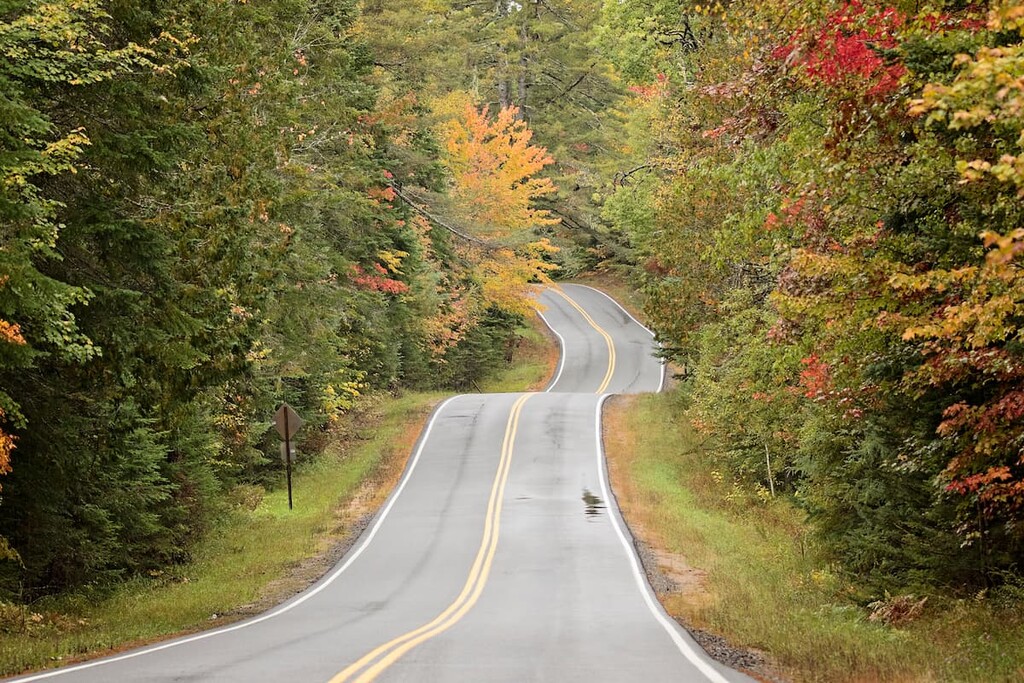
This is an out-and-back trail that leads to a junction with shorter climbs to the top of each peak. Street offers a couple of views towards the MacIntyre and Santanoni ranges for various rock outcroppings, and Nye is completely forested with little to no views.
The trail that leads to Street and Nye is relatively easy to follow, but it’s not regularly maintained and can be tricky to navigate if there’s a lot of blowdown. Always bring a map and compass with you if you plan to be off-trail.
There’s also a brook crossing on this trail that has no bridge, so it can be difficult when the water is high. In 2019, several hikers were actually trapped on the far side of the brook and forced to spend the night and wait for the high water to recede before crossing.
If you want High Peak bragging rights and a real bushwacking challenge, MacNaughton Mountain checks those boxes. Unlike many of the other “trailless” Adirondack High Peaks, MacNaughton has very little actual herd path to follow so navigation skills are a must on this hike.
To get to the base of the mountain, take the Indian Pass Trail from Adirondack Loj to Wallface Pond. From here you’ll have to bushwack about a mile with over 1,000 ft (305 m) of elevation gain to the summit.
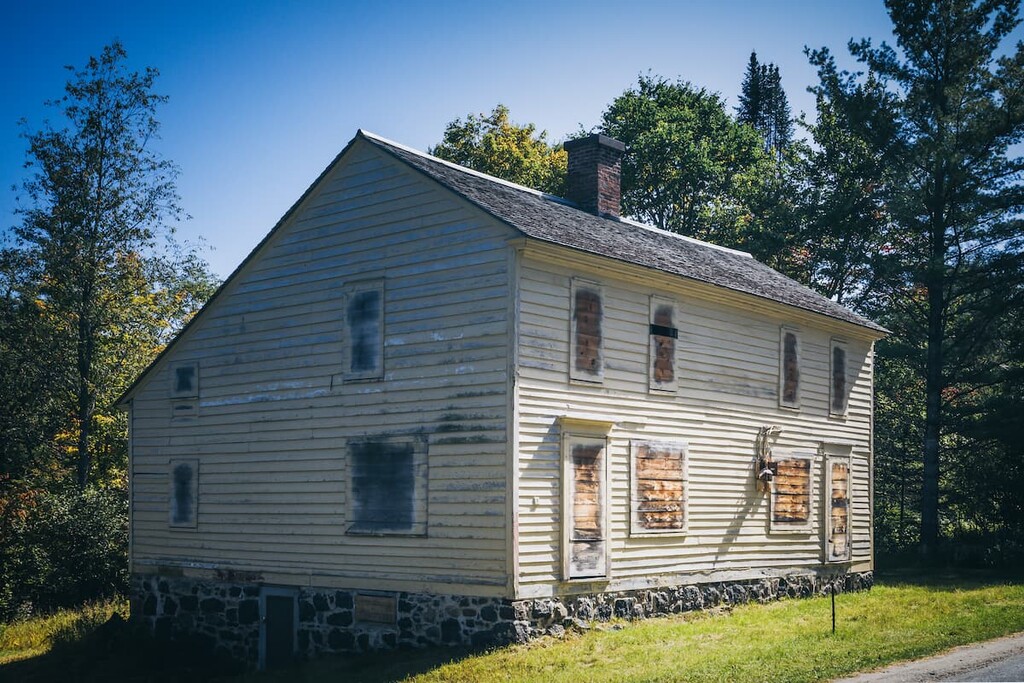
There’s a rough trail from Wallface Pond, although some people hike MacNaughton via the stream bed on the north side of the mountain if it’s dry enough. This is a long, challenging day hike, but satisfying for hikers with the right gear and preparation.
Situated in the heart of the High Peaks Wilderness, the Street Range is quite remote. But, it’s still convenient enough to access from some of the major towns in the region.
The towns of Keene, Keene Valley, and St. Huberts might be small, but they’re a major destination for peak baggers and outdoor enthusiasts of all kinds in the Adirondacks. These three hamlets lie right at the foot of the Great Range, and many of the most popular trails in the High Peaks Wilderness start right from town.
While there are only about 1,000 people across the three towns, there are plenty of options for lodging, and some good restaurants as well. The real draw to the area, however, is the abundance of outdoor adventure opportunities in the region. The town is home to alpine lakes, waterfall hikes, and some great rock climbing, in addition to a seemingly endless network of trails.
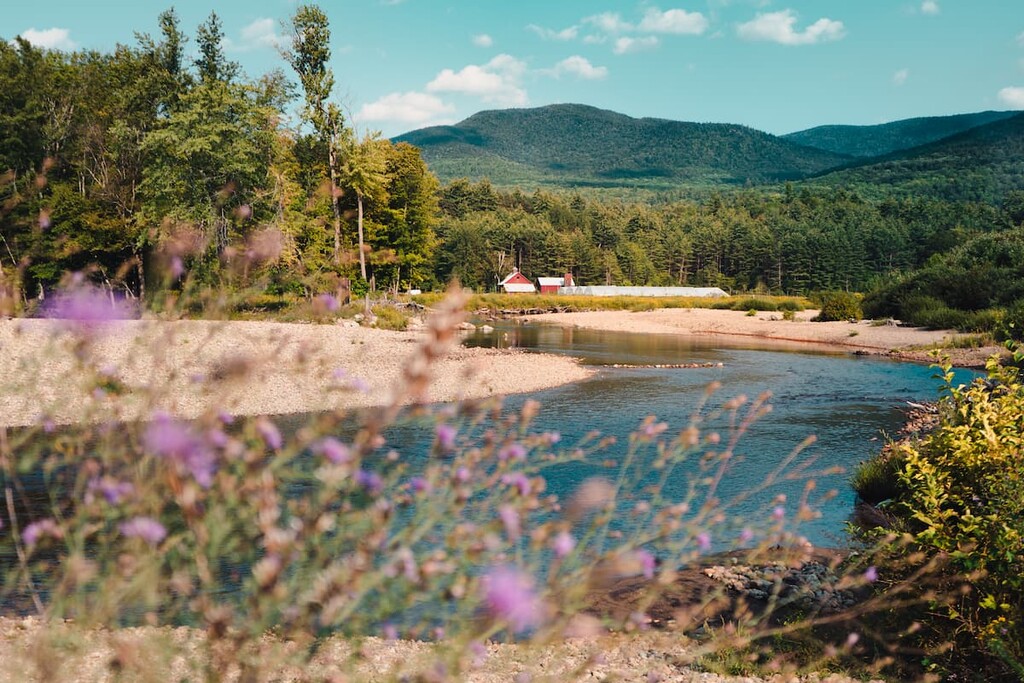
If you’re looking for a lively place to stay when visiting the High Peak Wilderness, the town of Lake Placid (confusingly located just south of its namesake lake on the shores of Mirror Lake) is a great choice.
The town hosted the Winter Olympics twice in 1932 and 1980, and the winter sports venues and equipment from those events are still in use today. There are more varied lodging options in town, ranging from campsites to lakeside resorts, for you to check out.
Lake Placid still offers great access to some of the most popular areas of the High Peaks Wilderness, but there are also plenty of entertainment and dining options in town for visitors to enjoy.
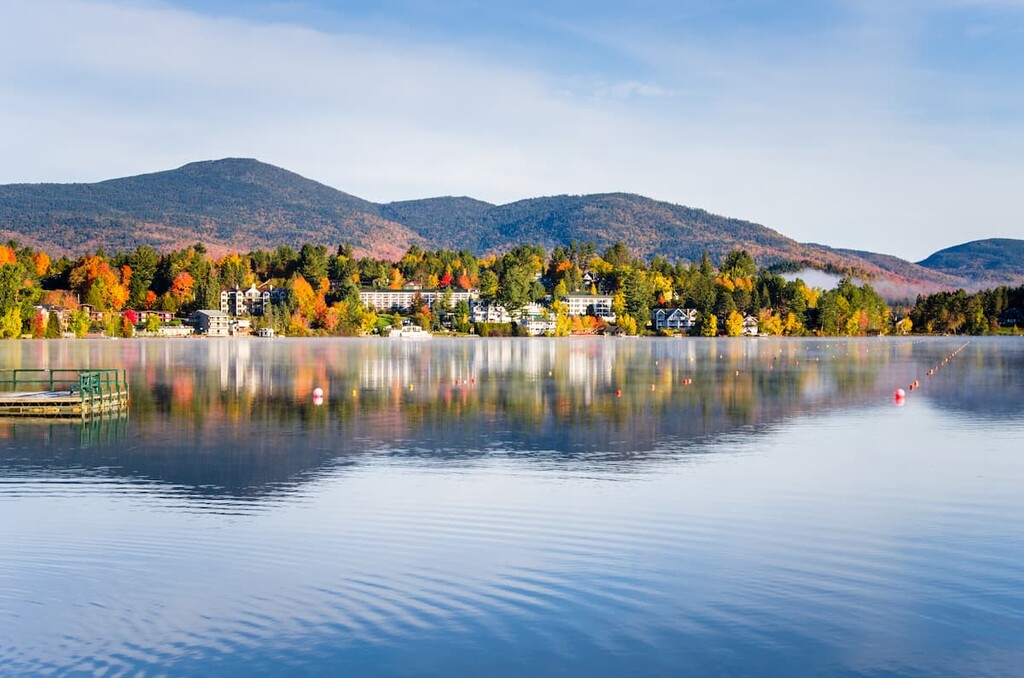
Explore Street Range with the PeakVisor 3D Map and identify its summits.







